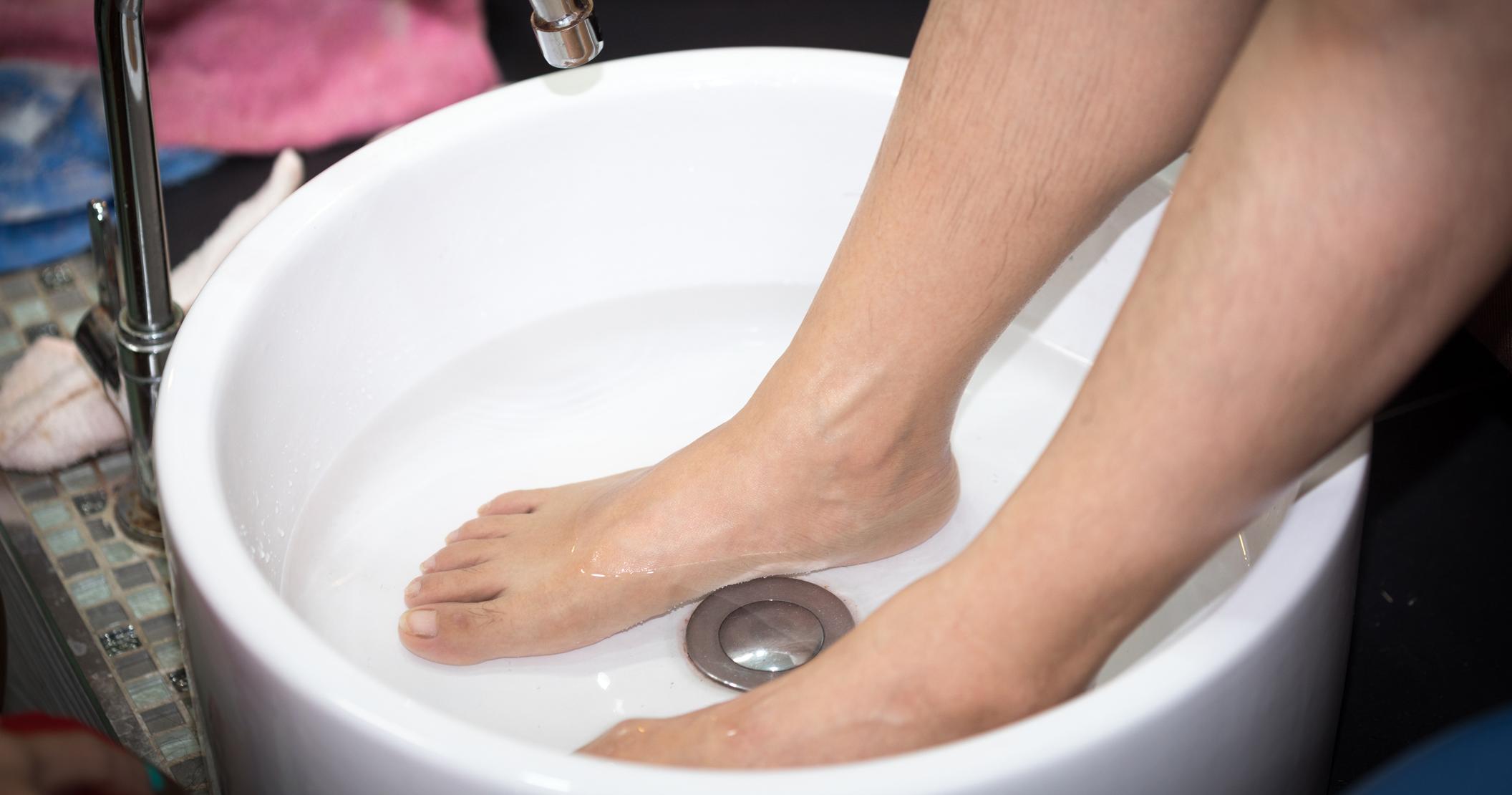Remedies For Trench Foot
Trench foot, also known as immersion foot, is a condition that develops on feet that have been wet for a prolonged period. It was first described during World War I when it affected soldiers who were fighting in cold and wet trenches and didn’t have the spare boots or socks that would have helped them keep their feet dry. Trench foot can affect part of or the whole foot. The most common symptoms include blotchy red skin and blisters. The skin will eventually die and slough off if trench foot isn’t treated. Other symptoms of trench foot include cold, tingling, constant itching, numbness, prickling sensation, heaviness, and pain when exposed to heat. Read about the best methods for treating and preventing trench foot now.
Clean Affected Area Immediately

During World War I, doctors used to wash soldier’s feet with opium and lead. They also recommended bed rest and keeping the feet elevated. Today, doctors have dispensed with the lead and opium foot washes, but they still clean the affected area immediately. Modern doctors also still recommend keeping the feet elevated to help circulation and prevent the development of blisters and other wounds.
While trench foot isn’t an infection, patients can easily develop an infection if they were standing in dirty or contaminated water. This is especially true if they also have blisters, cuts, or other injuries. Signs of infection include foul odor, bloody pus discharge, mild fever, and red or white streaks on their feet.
Individual's whose foot turns green, dark blue, or black, should get emergency care immediately. This discoloration indicates necrosis or tissue death, which can quickly lead to gangrene. If an individual develops gangrene, the doctor will likely have to amputate the foot and possibly part of the lower leg.
Learn about the next ways to treat and prevent trench foot now.